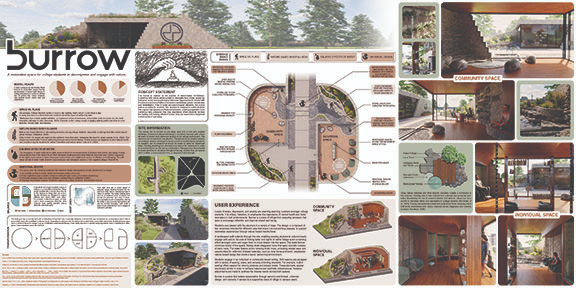K-State, K-State Libraries and the KSU Foundation worked together to alleviate the cost of student resources by creating the Open/Alternative Textbook Initiative.
The average Kansas State University student spends roughly $5,000 in four years or $1,250 per year for textbooks and classroom materials.
K-State, K-State Libraries and the KSU Foundation have worked together to help alleviate the cost of these student resources by creating the Open/Alternative Textbook Initiative. The initiative’s goal is to reduce students’ costs by providing funding to K-State faculty and instructors so they can develop innovative, class-specific, free or inexpensive alternatives to commercially printed textbooks. With the textbook alternatives, students pay less for the materials, and the quality of their academic resources improve as textbooks are aligned with the learning goals of each class.
“I see people using these textbook alternatives all the time,” said Sidnie Davidson, junior in music education. “As a music student, most of my classes incorporate an alternative textbook way of developing curricula. I’ve had to buy physical textbooks and it’s expensive. I’ve saved a lot of money having alternative textbooks.”
Sidnie saved nearly $1,000 on one college algebra class because of the Open/Alternative Textbook Initiative. Without the textbook alternatives, she would have needed three books for that class and would have likely used only sections of each book.
The Student Governing Association (SGA) allocated seed money to launch the Open/Alternative Textbook Initiative from a fund created by university administrators, and the KSU Foundation and K-State Libraries have supported it with students in mind. Since 2013, 96 grants have been awarded to K-State faculty and instructors to craft their alternative textbooks. K-State Libraries also offers resources to help faculty readily find open textbooks — textbooks which may be added in parts or whole to classroom materials at reduced or no cost to both instructors and students. Another cost-savings means of the Open/Alternative Textbook Initiative is the Textbook Affordability Program, which helps students find textbooks within the K-State Library collection that can be borrowed for a few hours and used while never leaving the library. This program has been supported by SGA grants that allow K-State Libraries to purchase textbooks for their collection.
“I like having an ebook,” Sidnie said. “I use technology and my laptop for everything. It’s good to have my laptop with me with all my books on it. It’s so convenient and information is searchable, which is the best thing about it.”
Are you interested in helping K-State students stay in school with the resources they need to succeed? Connect with a development officer and explore your options starting with How to Give. Call the KSU Foundation at 833-448-3578 and our helpful teammates will direct you to the people who will listen and work with you to support K-State students, faculty and staff, programs and more.






